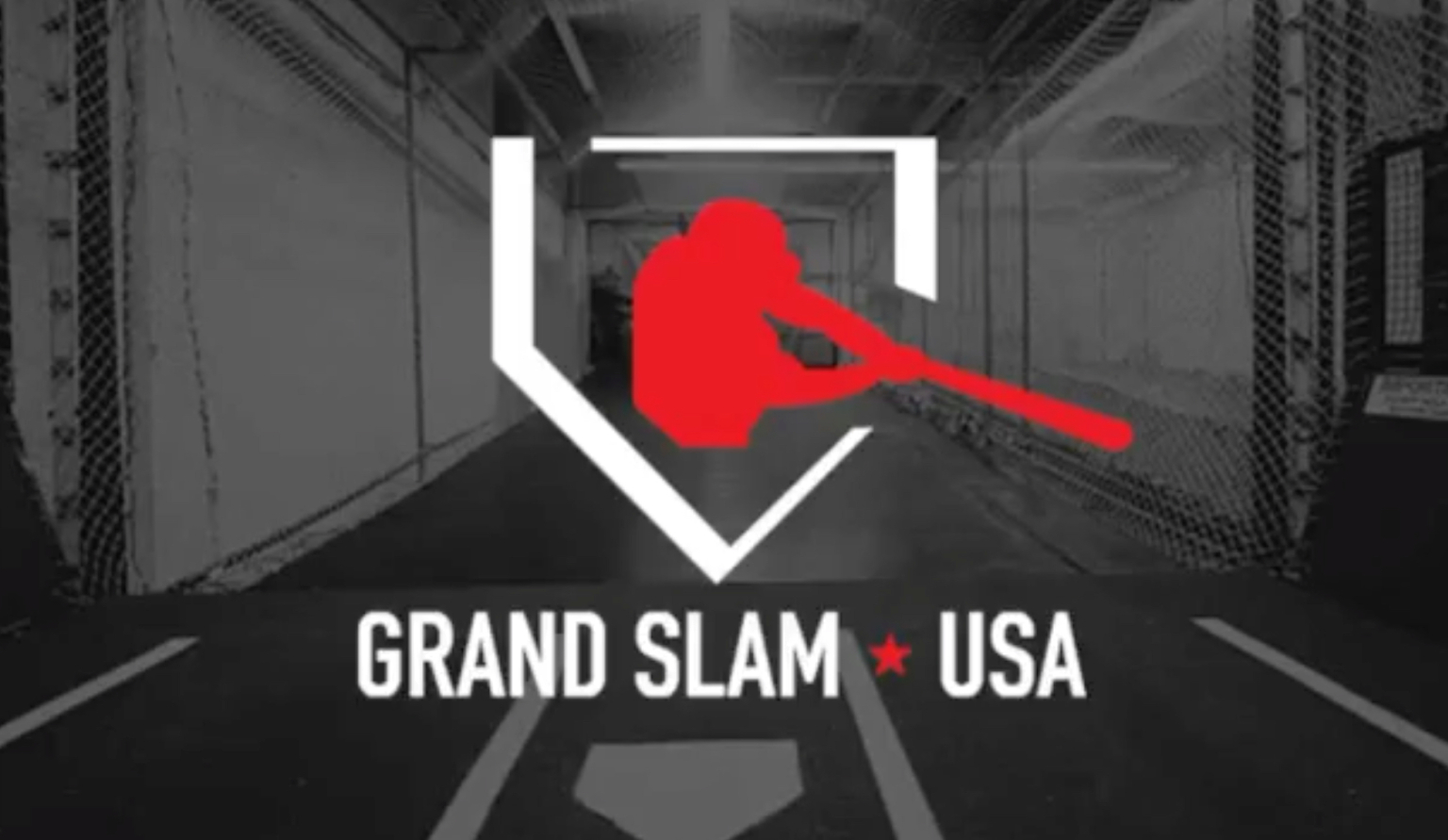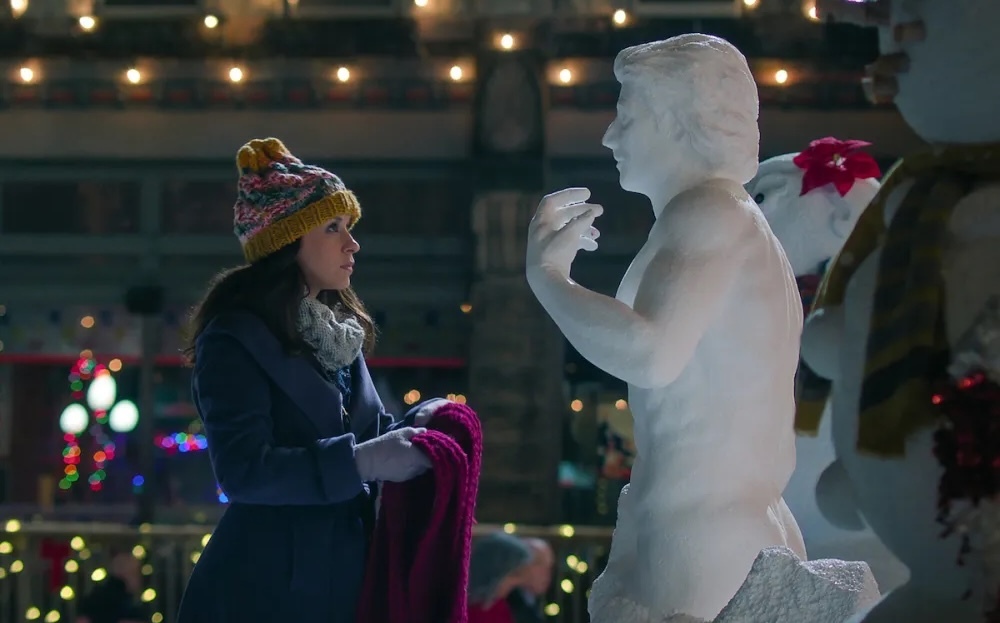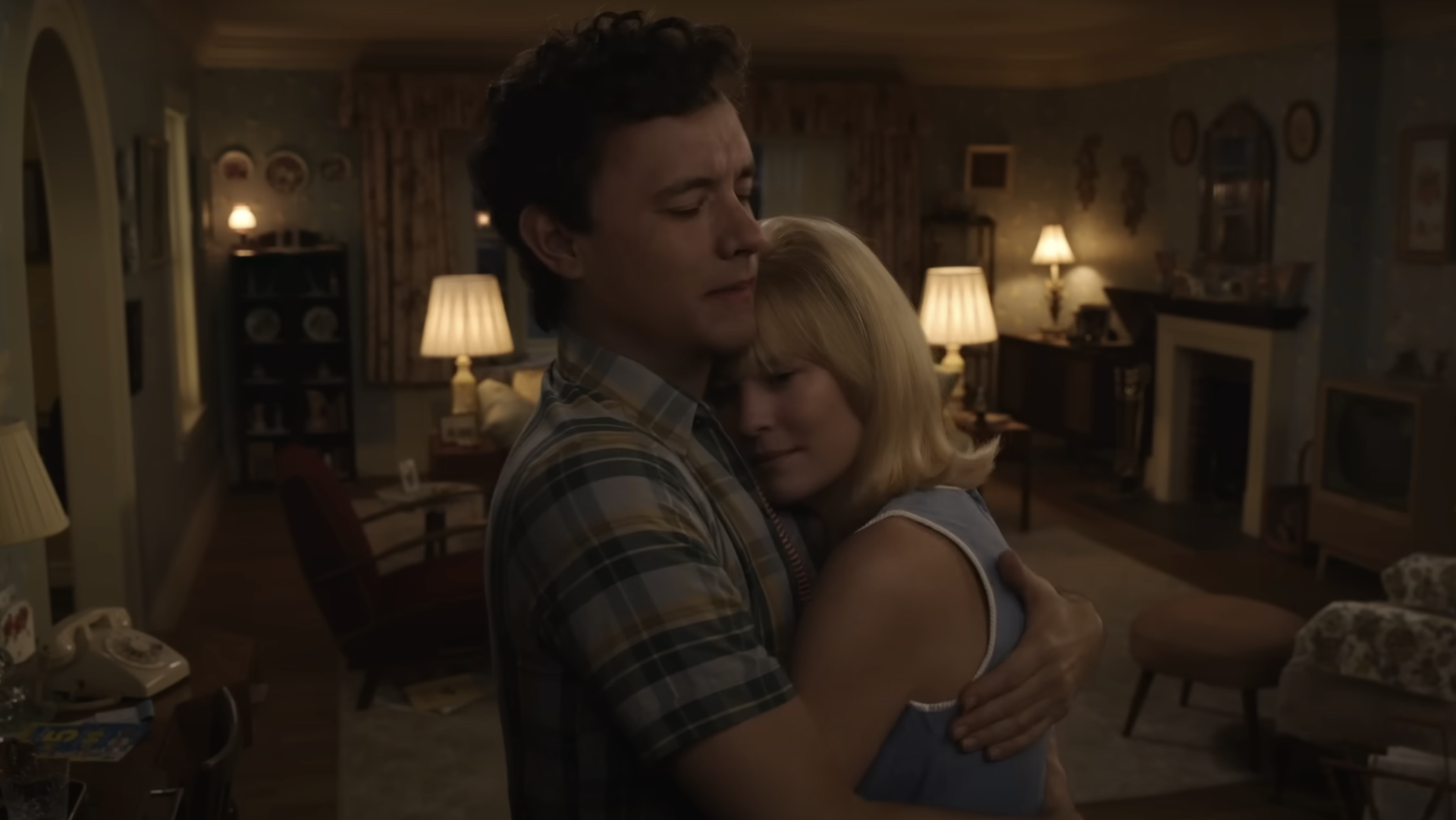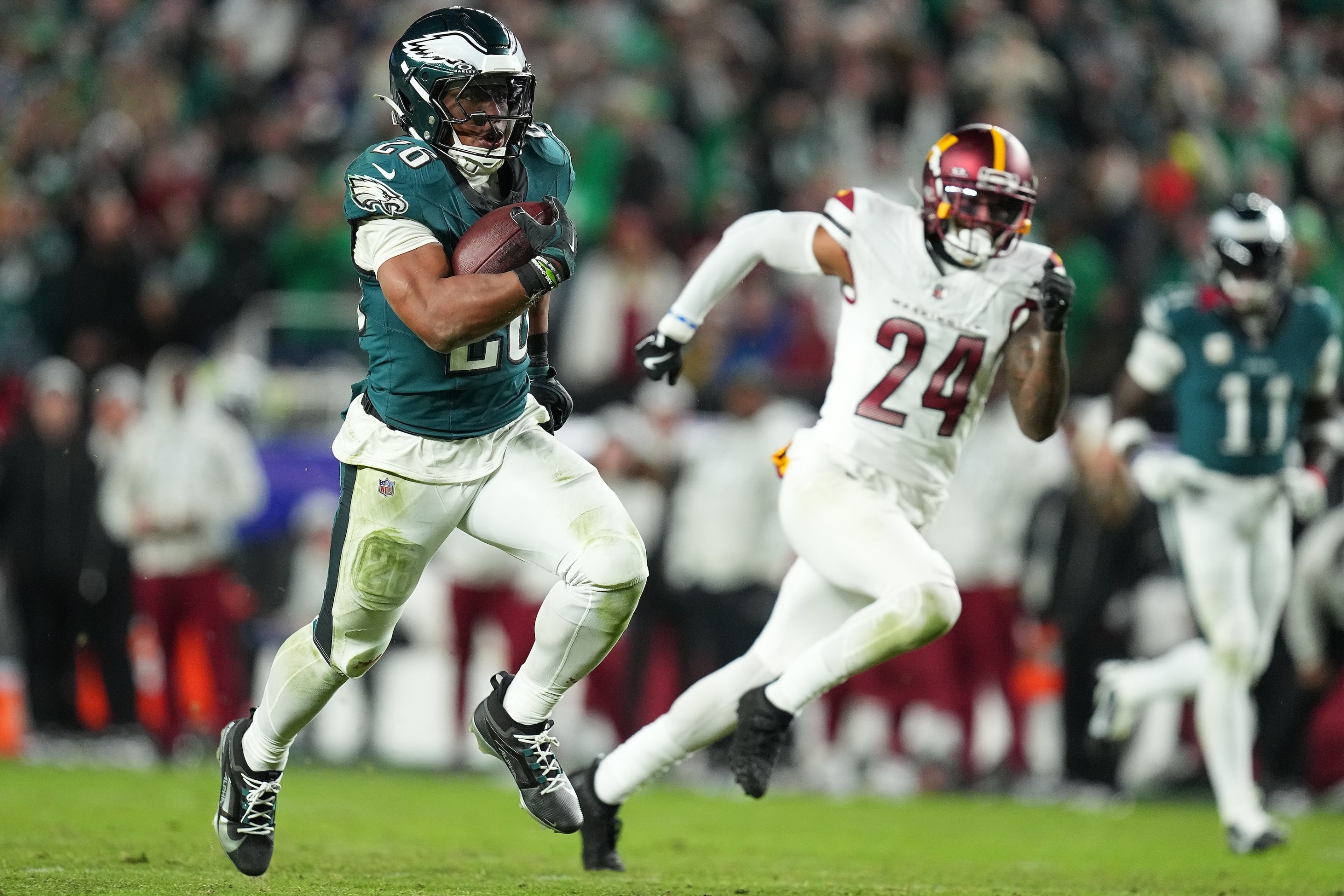Defector has partnered with Discourse Blog to bring you a taste of their work. They write good shit that we think you’ll like. If you do like it, we encourage you to check out their site and subscribe.
This piece was originally published on Discourse Blog on March 3, 2021.
In October 2019, I had a really bad day. My boss’s boss called the entire website I worked for into a meeting and told us that the site was being shut down. The next day I rolled out of bed hungover at 10:00 a.m. and had no idea what to do with myself, so I got stoned and played FIFA. After I got bored of doing that and wasn’t so stoned anymore, I went to a batting cage.
I have always thought batting cages were, for lack of a better phrase, incredibly tight. I loved baseball as a kid, but even after I got into other sports and gave up my dream of playing third base for the Phillies, I never turned down the opportunity to go take some cuts at a batting cage. You pop in some change and a robot throws baseballs down the middle of the plate (or at you, if it’s broken, which you don’t know until you try it—that is part of the fun) and you hit them, until you get tired or run out of change and stop. It’s cathartic, in a way that I imagine people who are not me find axe-throwing or break rooms.
The batting cage was called Grand Slam USA. It was less than 10 minutes from my apartment. I went and hit baseballs for about an hour, got Taco Bell for lunch, and then I came home. Sure, I didn’t have a job anymore, but at least I felt a little bit better.
I did not really think about this place in Raleigh again until earlier this month when I was driving and dropped my cell phone on my car floor like an idiot. I pulled into the nearest parking lot, right in front of that same Grand Slam USA, and wished I could go in and not worry about contracting COVID-19.
This finally jogged my memory a bit. I grew up in Delaware, and about 40 minutes away, in Malvern, Penn., was a place called Grand Slam USA that had laser tag, an arcade, and—of course—batting cages. I don’t remember ever going there when I was a kid, but when I got older, members of a band I loved (and still do) called Spraynard all worked there and made it sound like the closest thing to a “dream job” I’ve ever heard described.
Aside from these two examples, though, I had never heard of another Grand Slam USA. A Google search to figure out if this was some kind of weird chain turned up nothing, but I posted about it on Twitter and got a bunch of responses from friends and followers who grew up in areas very far apart who grew up with a Grand Slam USA nearby: suburban Chicago, South and Central Jersey, Minneapolis, and so on. A better Google search turned up a location in Ohio called Mannino’s Grand Slam USA, and another near Des Moines.
Did you have a Grand Slam USA where you grew up? It had/has batting cages, arcades, etc. There was one near me in PA when I was a kid and there’s one in Raleigh but I have no idea if this is a chain or just a wild coincidence
— Paul Blest (@pblest) February 23, 2021
I found out a friend of mine worked at one in New Jersey when he was in high school. “I used to run the cashier, cook the food, and host the birthday parties,” he told me. “The guy who owned mine literally bought it so his kid could use the cages for free instead of paying for access.” Another friend from Jersey told me he went to his first punk show at another Grand Slam USA in Marlton.
Learning all of this sent me fully down a rabbit hole. Was it a pure coincidence that at one point there were dozens of places all over the country that shared the name Grand Slam USA, or was it an ill-advised idea for a franchise that was lost to time? It turns out that the answer is a little complicated.
“The last time it rained in Grand Slam U.S.A. was the last time it rained in the Houston Astrodome,” the Miami Herald reported on July 10, 1986. “Ain’t life grand when it never rains.”
Grand Slam USA was a real franchise back then. The franchise was the brainchild of Athletic Training Equipment Company (ATEC), which does exactly what it says in the name. The company, which was based out of Oregon at the time, trademarked Grand Slam USA in 1983 and began franchising out locations across the country outfitted with their own automated batting cages.
ATEC abandoned the trademark to Grand Slam USA in 1984, though a company called ATEC Grand Slam, USA was incorporated in California in 1994, and ATEC kept the trademark for something called “Grand Slam USA Academy” until 2007. Aside from that, information about when the connection between all of the various Grand Slam USAs ceased to exist is pretty scarce. When ATEC filed for bankruptcy in 1997, Grand Slam USA was listed as an “interested party,” though the documents detailing ATEC had by then relocated its operations to Nevada, and was eventually sold to Wilson in 2003 for $10.5 million. It remains a subsidiary of the company to this day. Neither ATEC nor Amer Sports, the Finnish-based sports equipment conglomerate which owns Wilson (and thus ATEC, by extension), responded to requests for comment.
The branch the Herald was so excited about had opened in Fort Lauderdale in April of 1986. The new facility boasted “a video game room, classroom, and soon-to-be pro shop — each air-conditioned,” according to the Herald, and framed itself as a cooler alternative to the dusty old batting cages of the time. “It’s not like one of those old batting ranges where a guy who knows nothing about baseball feeds a machine with balls, throws you a coin and two-out-of-three pitches are strikes while the other one you duck at,” owner and manager Tom Bass told the Herald.
Bass was 25 then, just a few years removed from Georgetown University, where he was a pitcher. After a short stint in the minor leagues, Bass had gone into the batting cage business with his former college coach and the owner of a local car dealership. He worked at a Grand Slam USA in Virginia and helped open another in Nashville, before moving back home to South Florida to open up the one in Fort Lauderdale: a giant 23,000 square-foot facility complete with eight pitching machines, a turf field, a bar, and more, across from the New York Yankees’ spring training facility.
“[ATEC] had automated pitching machine cages that you’d buy tokens or time, a half-hour or an hour,” Bass, now 59, told Discourse Blog in a phone call from his home in Georgia. “They sold these franchises where you’d have four, six, eight of these cages, and you may have a smaller area where someone did a flip toss into the screen, and that was it.”
It was a simple concept, and a lot of people apparently saw an opportunity to make some money. At the time the Fort Lauderdale location opened in 1986, it was the 35th franchise in the U.S. Nearly a decade later, when a location was being considered in the Hartford area, the Hartford Courant reported that there were about 90 facilities in 30 states.
But though the idea might have sounded appealing, Bass encountered a couple of big flaws unique to South Florida.
“Location is everything,” Bass said. “One, it was in a little district in Fort Lauderdale where you had a bunch of warehouses and now housing developments anywhere near by. And two, in South Florida, there’s not a lot of need to go indoors a lot.” The cost of leasing a 23,000 square foot property was also a problem; the store would have to make $1,000 a day (equivalent to nearly $2,400 today) in order to break even, something it stopped doing after just a few months.

Bass left the business for good in 1989, and the Fort Lauderdale Grand Slam USA closed in fall 1990, as the Sun-Sentinel noted in an article about a different batting cage in 1991. “I was there seven days a week all day,” Bass said. ” I love baseball but I was busting it, knowing we just couldn’t make it ... I just moved on with another phase of my life.”
He became an English teacher, and later school administrator and assistant principal. But he never left baseball, and has been coaching for more than 30 years, something he partially credits to the Grand Slam USAs he worked at after college. Coincidentally, one of the few remnants of what was once a somewhat thriving chain in suburban America exists in nearby Alpharetta, Georgia.
“Don’t get me wrong, it was a great experience for a young kid out of college who loves baseball, and it may have very well have been what kept me in baseball,” Bass said. “There just wasn’t money in it.”
A native New Yorker, Gene Maneri opened a Grand Slam USA in Poughkeepsie in 1988, and describes a similar grueling work schedule to try to make it work. “I ran that one for about five years,” he recalled in a Wednesday phone conversation. “I was working like 90 hours a week.”
He moved to Raleigh in 1994 and opened up the Grand Slam USA the following year, but this time, it stuck. The Raleigh Grand Slam USA is an anomaly compared to its former counterparts; it’s been in business now for 26 years.
Maneri said that part of the problem that plagued the chain is that no one could seem to agree on what Grand Slam USA was supposed to be: a giant indoor playground, or a sports-focused recreation center.
“The problem is that if you were willing to pay the franchise fee, no matter what your background was or what type of building you wanted to go into, there was no oversight,” he said. “And all of these places were doing something different. One had miniature golf, some of them had go-karts. It was never established to be a true sports training center or family recreation center.”
Maneri thinks the chain could have grown to hundreds of locations if it had stuck to sports—particularly the batting cages, basketball, and pro shops. But eventually the national Grand Slam USA headquarters—if you could call it that—stopped doing anything to help the franchises, he said.
“For maybe two or three years, I was sending my royalty checks in every month. It was still probably about $2,000 a month,” he said. “When I called the guy, I asked if he could send us some type of advertising. There was never any real response. Apparently the guy was running the franchise out of his basement and providing nothing.”
Maneri eventually stopped sending in his checks to see what would happen and he never heard from the man again, he said.
Maneri guessed that there are about 30 or 40 locations left around the country, but that might be an optimistic estimate. A bankruptcy filing in Delaware in 2017 for defunct sports equipment maker Performance Sports Group listed 18 different companies around the country known by some variation of Grand Slam USA or Grand Slam Sports Center, but many are now closed, including one in Maryland that closed in 2012.
Apart from Malvern, Raleigh, and Alpharetta, I could only find five others on the list that still appear to be open, scattered mostly throughout the Southeast and a few in the Midwest.
While business has remained surprisingly stable throughout the pandemic thanks to the pro shop, Maneri told me, the closing of a Kmart next door in 2018 threw his long-term leasing situation into disarray two years ago. He’s now on a month-to-month lease, but the building is likely to be demolished within the next few years; the Harris Teeter grocery chain wants to take over the space.
Maneri said his business partners may continue on and try to keep Grand Slam USA going, but he’s getting closer to retirement. “I don’t think I’m going to move forward,” he told me.
We will very likely never see anything like Grand Slam USA again. A chain of 10,000-square foot-plus spaces built around the humble batting cage is an exceedingly pre-9/11 idea—like sending a fax, or forgetting to rewind the video before you return it to Blockbuster. The closest example I can think of is Chuck E. Cheese with batting cages; Chuck E. Cheese without batting cages filed for bankruptcy last year, though it’s since cleared more than $700 million in debts, maybe or maybe not because it invented a fake restaurant to sell pizza on Grubhub.
And even the world of baseball has changed, as pitching machines are no longer considered a standard for batting practice. “People don’t want to hit off an automated pitching machine … to get better, truly, you really need to work on live arm stuff, and different aspects of [hitting],” Bass told me. “No one does automated pitching anymore except for carnival or arcade-type places.”
It’s difficult to even imagine what a place like this will look like when the pandemic is over, but given that the company appears to have been a disaster for much of its existence before just disappearing at some unknown time, it’s a minor miracle that any of them survived this long to begin with.
But by some minor miracle, they have. And for as long as these sorts of places do continue to exist, it’s going to be a fun thing to do once or twice a year—to get $5 or $10 out in quarters or tokens, embrace my inner 11-year-old, and pretend I’m Scott Rolen for an hour or so. If nothing else, at least it won’t be raining.





